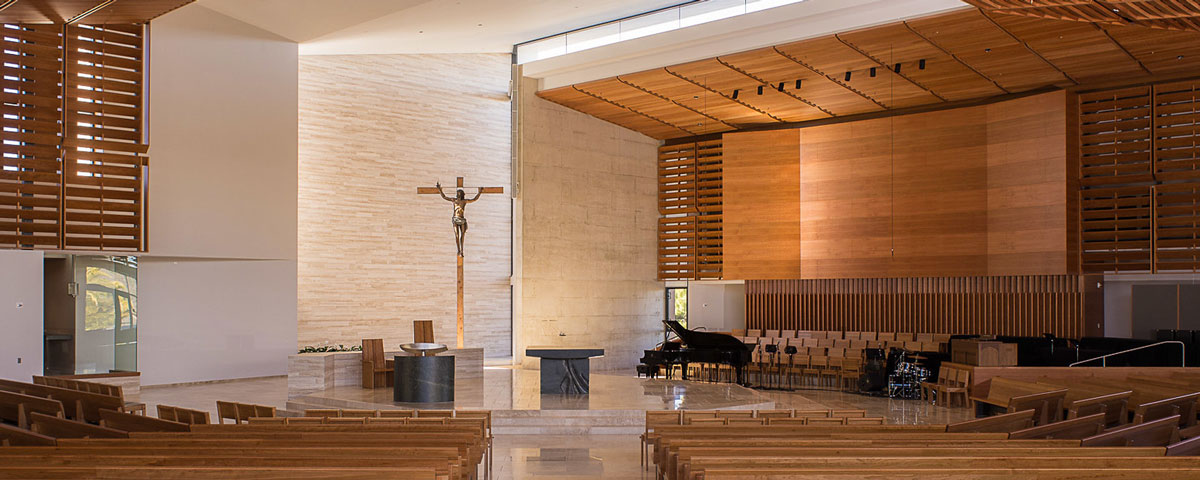This Tuesday, October 31, we celebrate Halloween.
On Wednesday, November 1, we celebrate All Saints Day.
On Thursday, November 2, we celebrate All Souls Day.
A little bit of history and background will help us to better understand and celebrate these days:
“Halloween is celebrated annually. But just how and when did this peculiar custom originate? Is it, as some claim, a kind of demon worship? Or is it just a harmless vestige of some ancient pagan ritual? The word itself, ‘Halloween,’ actually has its origins in the Catholic Church. It comes from a contracted corruption of All Hallows Eve. November 1, ‘All Hallows Day’ (or ‘All Saints Day’), is a Catholic day of observance in honor of saints. But, in the fifth century BC, in Celtic Ireland, summer officially ended on October 31. The holiday was called Samhain (sow-en), the Celtic New year.
One story says that, on that day, the disembodied spirits of all those who had died throughout the preceding year would come back in search of living bodies to possess for the next year. It was believed to be their only hope for the afterlife. The Celts believed all laws of space and time were suspended during this time, allowing the spirit world to intermingle with the living. Naturally, the still-living did not want to be possessed.
So on the night of October 31, villagers would extinguish the fires in their homes, to make them cold and undesirable. They would then dress up in all manner of ghoulish costumes and noisily paraded around the neighborhood, being as destructive as possible in order to frighten away spirits looking for bodies to possess.
Probably a better explanation of why the Celts extinguished their fires was not to discourage spirit possession, but so that all the Celtic tribes could relight their fires from a common source, the Druidic fire that was kept burning in the Middle of Ireland, at Usinach. Some accounts tell of how the Celts would burn someone at the stake who was thought to have already been possessed, as sort of a lesson to the spirits.
Other accounts of Celtic history debunk these stories as myth. The Romans adopted the Celtic practices as their own. But in the first century AD, they abandoned any practice of sacrificing of humans in favor of burning effigies. The thrust of the practices also changed over time to become more ritualized.
As belief in spirit possession waned, the practice of dressing up like hobgoblins, ghosts, and witches took on a more ceremonial role. The custom of Halloween was brought to America in the 1840s by Irish immigrants fleeing their country’s potato famine. At that time, the favorite pranks in New England included tipping over outhouses and unhinging fence gates.
The custom of trick-or-treating is thought to have originated not with the Irish Celts, but with a ninth century AD European custom called souling. On November 2, All Souls Day, early Christians would walk from village to village begging for ‘soul cakes,’ made out of square pieces of bread with currants.
The more soul cakes the beggars would receive, the more prayers they would promise to say on behalf of the dead relatives of the donors.
So, although some cults and Satanists may have adopted Halloween as their favorite ‘holiday,’ the day itself did not grow out of evil practices. It grew out of the rituals of Celts celebrating a new year, and out of Medieval prayer rituals of Europeans. And today, it is only as evil as one cares to make it.”
—Copyright 2002 by Jerry Wilson. Used with Permission. Also available on the Web at www.wilstar.com
Have a great Halloween! Trick or Treat! When I was growing up, the phrase we used as we went “begging” door to door on Halloween was “Help the Poor!”
Remember that on All Saints Day, a Holy day, Wednesday, November 1, Masses are at 8:15am and 7:00pm, and on All Souls Day, Thursday, November 2, Masses are also at 8:15am and 7:00pm.
Come and pray with us!
— Fr. Mike


